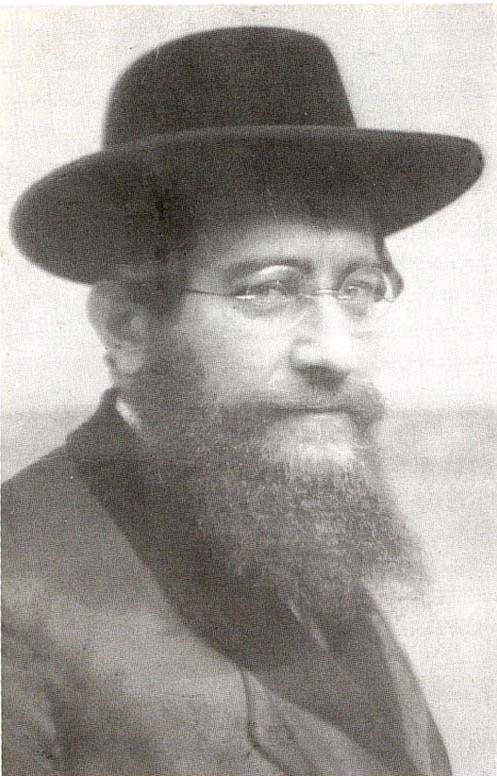
Yad Vashem Photo Archive

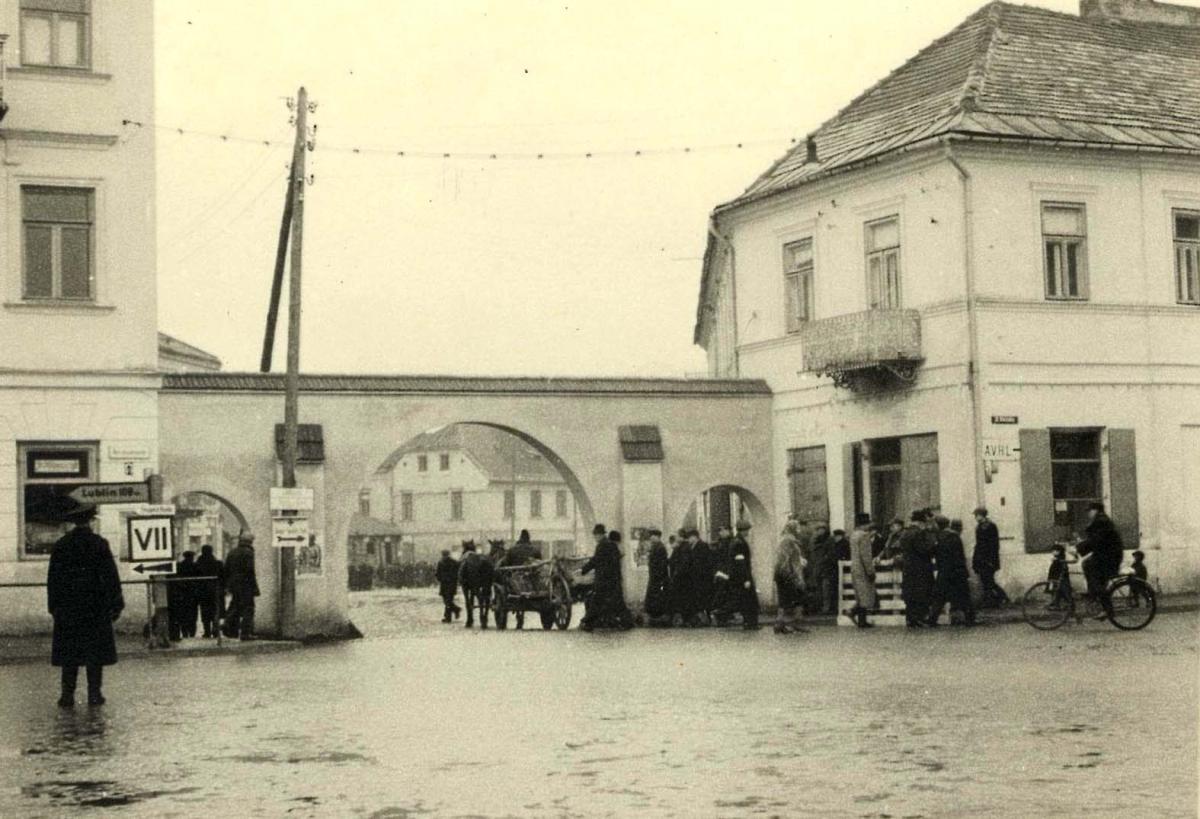
Yad Vashem Photo Archive

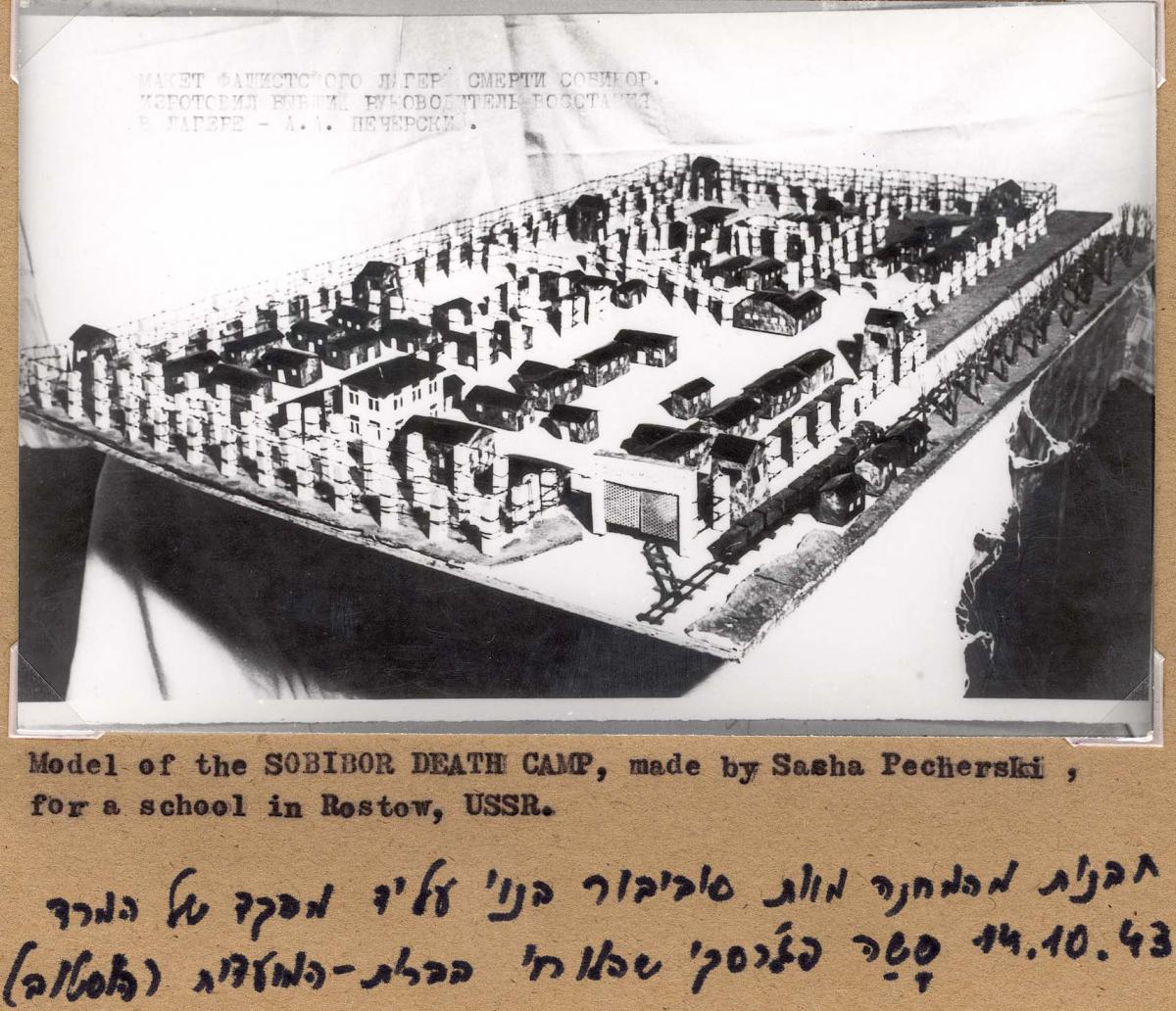
Yad Vashem Photo Archive

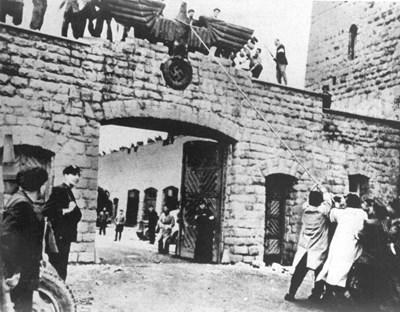
Deutsches Historisches Museum

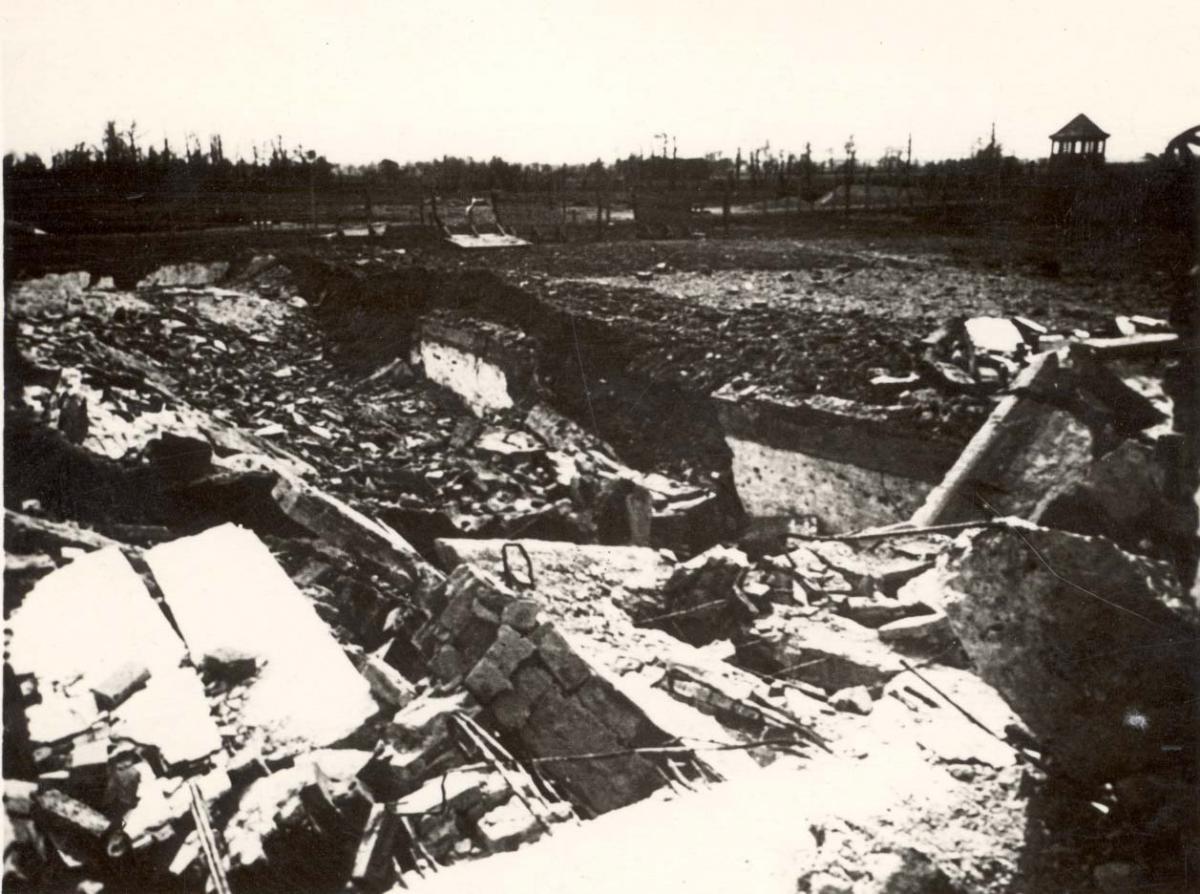
Yad Vashem Photo Archive

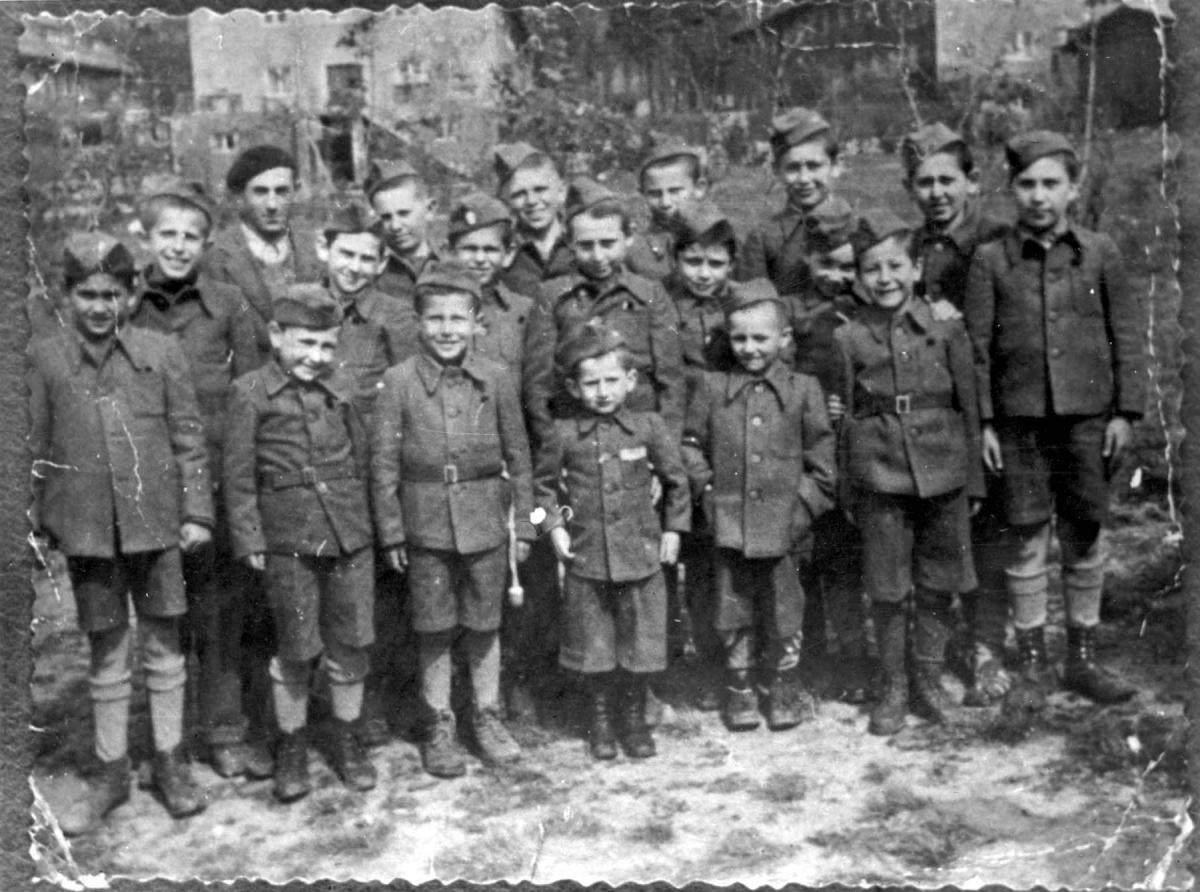
Yad Vashem Photo Archive

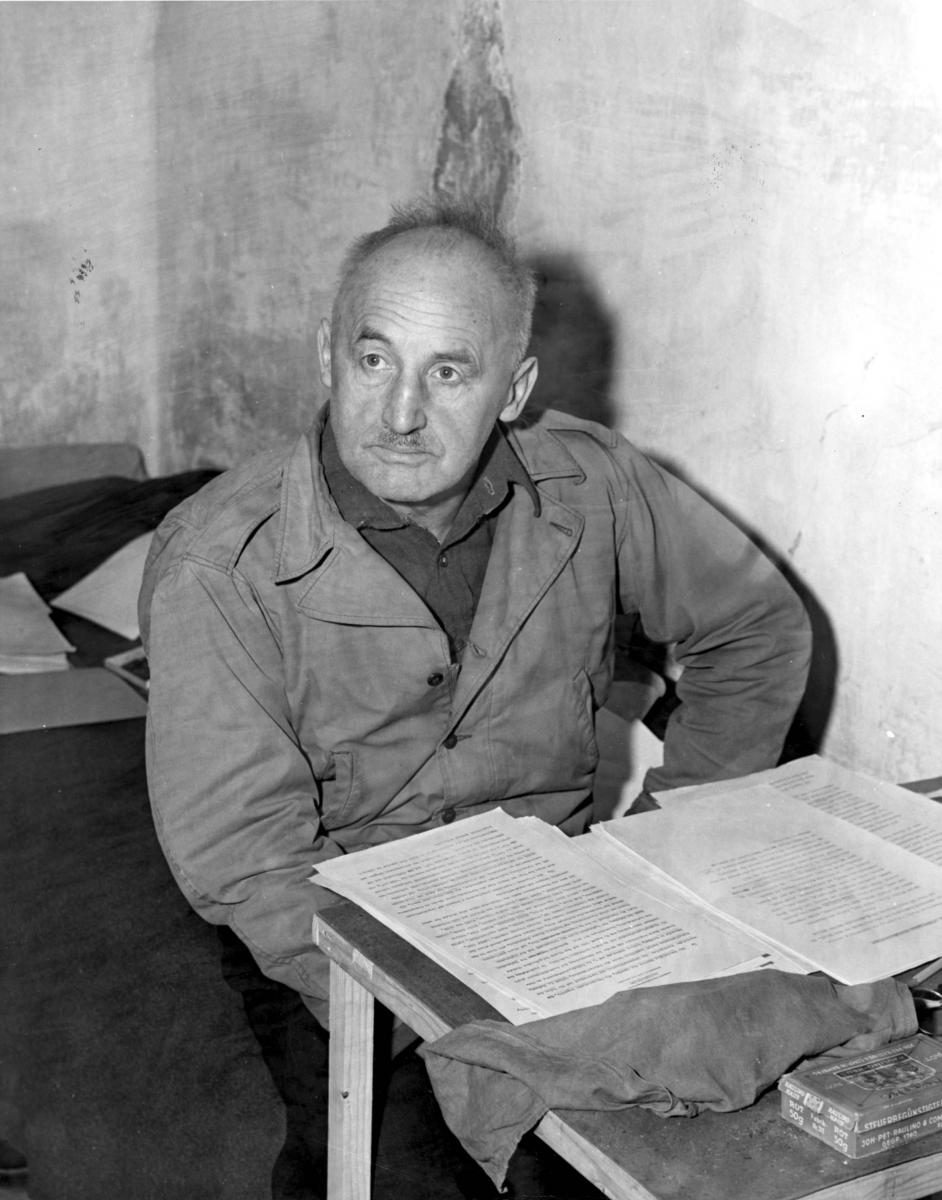
Yad Vashem Photo Archive

The Passover holiday is a commemoration and celebration, respectively, of the Israelites’ enslavement and freedom from Egypt. While slavery in Egypt and the Holocaust were two very different periods of trauma in Jewish history, the Jewish people appreciate their modern-day freedom and pray and hope for a time when all Jews and humanity are free from whatever and whomever enslaves them.
Each year towards the end of the Passover Seder many Jewish families sing the song Ehad Mi Yodaya? (Who Knows One?). The song goes through numbers one through thirteen, presenting a Jewish concept related to each number, starting with one God and the two tablets of the ten commandments, and ending with the thirteen attributes of God. In this light, here are thirteen facts about the Holocaust, which may be shared at Passover Seder tables.
One
The first ghetto established by the Nazis was in Piotrkow Trybunalski. The creation of the Piotrkow Trybunalski ghetto was announced by the Nazi occupiers in October 1939, and the Jewish population of the Polish city had completely moved into the area by January 1940. Until April 1942, the ghetto was not fenced or guarded, although the perimeter had signs marking it as a ghetto. The Jews were allowed to leave without permits during certain hours, and most workplaces where outside of the ghetto limits. Some 18,500 Jews lived in the ghetto by April 1942; 8,000 of these individuals were refugees, mostly from the area of western Poland annexed to the Reich, but also from the Soviet Union, as Jews fled deportations to Siberia. Due to crowding, inadequate sanitation and starvation, illness prevailed. Despite the conditions, youth groups and political parties continued to operate. The liquidation of the ghetto, during which the majority of the population was sent to Treblinka, began on 15 October 1942 and lasted for a week. Rabbi Moshe Chaim Lau, the rabbi of the city, as well as the father of Holocaust survivor and Chairman of the Yad Vashem Council Rabbi Israel Meir Lau, was deported during this liquidation.
Following the liquidation, over 2,000 Jews with work permits remained in the city, with the number eventually rising to approximately 4,000, as people emerged from hiding. In November 1944, the camps in the Piotrkow area, in which the remaining Jews worked, were liquidated. The men were sent to Czestochowa and Buchenwald, and the women to Ravensbruck.
Two
Some cities had two ghettos, one larger and one smaller, in different areas of the city. For example, in Radom, the larger ghetto was the Walowa ghetto, named after its main road. The smaller Glinice ghetto was named after the suburb in which it was located.
Three
There were three "Operation Reinhard" death camps: Belzec, Treblinka and Sobibor. Named after Reinhard Heydrich, the orchestrator of the "Final Solution to the Jewish Question" in Europe, who was assassinated by the Czech resistance in May 1942, "Operation Reinhard" was the code name for the program to wipe out the Jews in the districts of Warsaw, Lublin, Radom, Krakow, Lvov, and later Bialystok. The three camps under the program’s auspices were for the sole purpose of murder, and there were virtually no survivors; Treblinka had less than 100, Sobibor a few dozen at most, and Belzec only one or two. The harrowing testimony of Eliahu Rosenberg, one of the rare survivors of Treblinka, is displayed in Yad Vashem’s Holocaust History Museum.
Four
Britain, the United States, France and the Soviet Union. These are the four main Allied nations that defeated Nazi Germany. After liberation, Germany was divided, with each nation in charge of a different region, with the aim of returning it one day to a single, peaceful entity. This was easier said than done, as the country quickly became two starkly different units of communist East and democratic West Germany, which would only be reunited over four decades later.
In the meantime, the majority of Holocaust survivors found themselves homeless, and thus the Allies opened DP (displaced persons) camps to house and rehabilitate them. While most of these camps were located in Germany, there were also some in Austria and Italy. Upon opening, the conditions in the DP camps were poor. Indeed, some were even opened in former concentration camps, such as Bergen-Belsen, and initially Jews and other displaced persons were housed together, meaning some Jews were housed with war criminals. Eventually this situation was remedied. Despite the conditions, social and cultural life flourished in the DP camps. Educational institutions opened for the rare surviving children who had missed out on so many years of school, as well as for adults striving to learn a vocation. Religious life and customs were also quickly reinstated, and many marriages and newborns were witness to the survivors' embrace of normal life once again.
Most of the survivors in the DP camps regarded Germany merely as a stopover in their journey of emigration. By 1950, all but one had closed. Fohrenwald, located in the American Zone of Occupied Germany, was finally shut down in 1957.
Five
The date 5 May 1945 goes down in history as Liberation Day for many Holocaust survivors, including those incarcerated at Mauthausen. Located in Austria next to a quarry, Mauthausen was established in August 1938, initially for common criminals, people deemed “asocial” by the Nazi regime, and political opponents of Nazism. The first group of Jews were deported to Mauthausen in 1941, arriving from the Netherlands. The Jewish prisoners were treated far worse than their non-Jewish counterparts. Mauthausen was designed to kill Jews through labor. Of the 199,404 individuals who passed through Mauthausen, some 119,000 were murdered, including 38,120 Jews.
Six
Six is the number of Jews saved by Aleksander and Antonina Wyrzykowski. On 10 July 1941, the Poles of Jedwabne rounded up their Jewish neighbors and burned them alive in a barn. The majority of the town’s Jews, over 1,000 individuals, were murdered on that day. Only a few managed to escape the massacre by fleeing to the nearby Lomza ghetto. However, on 2 November 1942, when the liquidation of the district began, six of these Jews from Jedwabne, including Szmul Wasserman, Moshe and Leah Olszewicz and his brother Dov, as well as Jakub and Lea Kubran, escaped the ghetto. They were taken in the Wyrzykowskis until liberation. The couple was honored as Righteous Among the Nations on 16 January 1976.
Seven
On 7 October 1944, the Sonderkommando Uprising took place in Birkenau. The initiators of the uprising - Jewish prisoners who were forced to work in the gas chambers and crematoria - managed to destroy one crematorium and gas chamber complex and kill several SS men. Tragically, none of the fighters survived the uprising, but some of their diaries remain, detailing the gruesome acts they were forced to perform.
Eight
On 8 December 1941 murders began at the Chelmno death camp, in which approximately 320,000 people were murdered in gas vans, the majority Jews. Upon the closing of the camp, the 48 remaining Jewish prisoners were slated for murder; all but three, who successfully escaped, were killed. Several of these last prisoners, including Shmul Srebnik, wrote wills, which were discovered by the Red Army upon liberation.
Nine
The 9th of Av (Tisha B’Av) is a sad date in the Jewish calendar, in which several tragedies befell the Jews, most notoriously, the destruction of both the First and Second Temples in Jerusalem. In commemoration of these events, a fast day is held each year, in addition to other mourning practices. This date also marks several major events in the Holocaust; the Nazis were aware of the Jewish calendar and purposely set roundups and other persecutory means on Jewish holidays and commemorative days. Two of these notorious actions were the deportations from the Warsaw ghetto to Treblinka, which commenced on 23 July 1942, which that year was Tisha B’Av; and the liquidation of the Pionki slave labor camp to Auschwitz-Birkenau, which according to most sources also took place on Tisha B’Av (that year 29 July 1944).
Ten
Ten is the number of weeks that the Jewish refugees from fascist and war-torn Romania waited at the Istanbul port aboard the Struma, an old cargo ship. These Jews aimed to reach British Mandatory Palestine via Turkey, where they were supposed to obtain entry permits to Palestine. The British, however, did not grant the permits and Turkey only allowed nine of the approximately 780 passengers to disembark. In the ten weeks that the passengers waited, the already poor conditions on the ship grew dire. On 23 February 1942, the Turkish coastguard towed the ship out to sea, with no fuel, water, or food. The next day, the ship was sunk by a Soviet submarine torpedo, seemingly by accident. David Stoliar was the sole survivor.
Eleven
11 April 1945 marks the date of Buchenwald’s liberation by American troops. Nobel Laureate Prof. Elie Wiesel, as well as Chairman of the Yad Vashem Council Rabbi Israel Meir Lau were liberated from the camp on this day. Rabbi Lau tells the liberation story of how army chaplain Rabbi Herschel Schacter noticed him behind a pile of corpses. Crying from sadness due to the tragedy and happiness from finding a living Jewish child, he hugged Lau and asked him how old he was. Eight-year-old Lau then replied “I’m older than you.” Smiling, his liberator inquired why, and Lau replied “because you laugh and cry like a child, and I haven’t laughed for a long time, and I can’t even cry anymore. So which one of us is older?”
Twelve
The most famous war crimes trials against the Nazis and their collaborators were the Nuremberg Trials. Twelve Nazis were sentenced in the first round of trials, which took place between 18 October 1945 to 1 October 1946. Of the remaining 22 political, military, and economic Nazi leaders put on trial, other than the 12 sentences to death, three were found “not guilty” and the rest were jailed.
Thirteen
During the Holocaust, many families endeavored to celebrate their children's bar or bat mitzvah (thirteen years for a boy, twelve for a girl). Jiri Bader marked this moment in the Theresienstadt ghetto, where his friends made him an album in which they wrote about his childhood, life in the ghetto and wished him well. Today, children celebrating their Jewish coming of age can remember individual children murdered in the Holocaust through Yad Vashem’s moving Bar/Bat Mitzvah Twinning Program.









